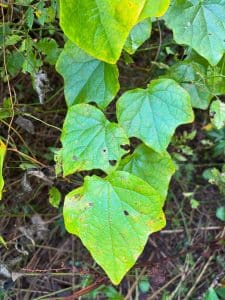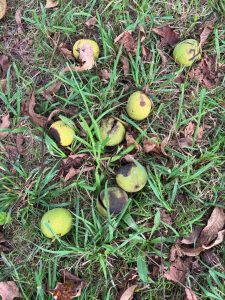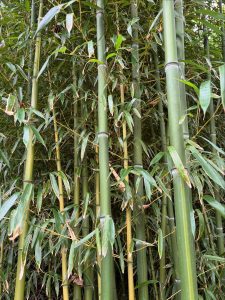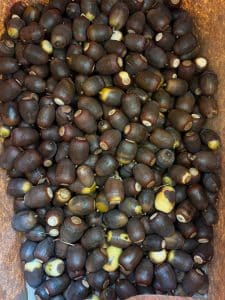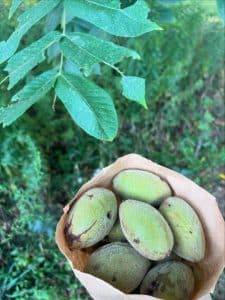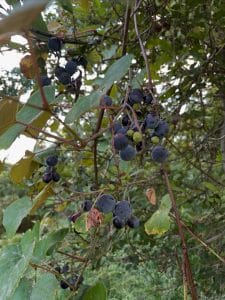Borage (Borago officinalis) is an annual, herbaceous plant native originally to the Mediterranean. You may also know borage as ‘starflower’, named for its beautiful 5 point star flowers. You can now find it growing throughout Europe, from Denmark to the UK. As a particularly hardy plant, you can find it growing in a number of locations, including roadsides.
Its beautiful star shaped flowers will bloom throughout most of the year in warmer climates, and from spring to the end of summer in cooler climates. It tends to grow to a height of approximately 100cm, with hair covered stems and leaves. The leaves are gray/green ovals that are usually 12cm in length. Petal colors are mainly pink through to blue, however you may find some commercially cultivated white varieties.
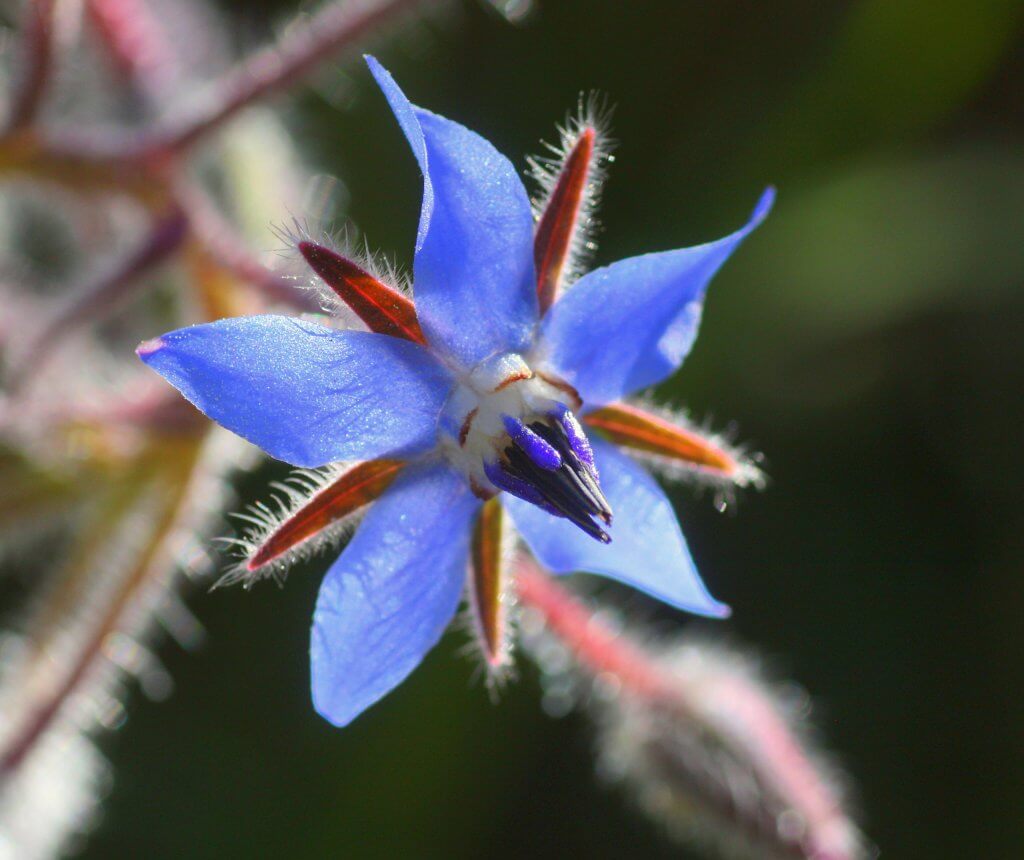
Cultivation and History of Borage
Borage will grow best in well drained soil with a large amount of sunlight. It is self seeding and a fairly hardy plant, although it does not fair well in frosts. You can start the seeds indoors and then transplant the young plants into the garden, after the last frost of winter has passed.
Today, borage is mainly grown commercially to produce oil, or starflower oil. It is high in gamma-linolenic acid (GLA) which has anti-inflammatory properties.
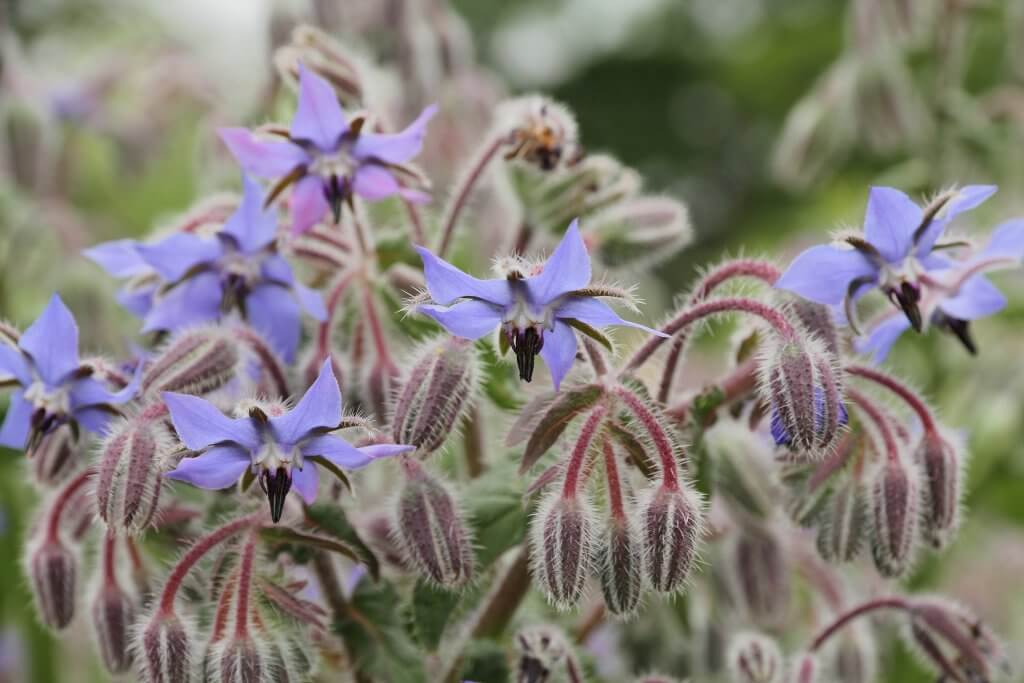
Toxicity
Borage is not considered toxic when used in food and drink preparation. It has a number of useful health benefits, however you must take care if choosing to use borage. If you are pregnant, a recent surgery patient, or suffer from liver disease or bleeding disorders you should avoid borage as a remedy. Borage seed oil can cause damage to the liver if taken for a long period of time.
Uses
Culinary uses of Borage
Each part of the borage plant is edible, apart from its roots. You can use the beautiful star shaped petals to add color and a sweet fresh flavoring to salads or as an attractive garnish in drinks. You can use the leaves to make herbal teas, yoghurts, sauces and soups. When harvesting the leaves you should collect the younger ones, because older leaves are more coarse. They have a fresh flavor, not too disimilar from cucumber. You can also peel, chop and use borage in salads like celery.
Throughout Europe, many countries have their own particular uses for borage. You can find borage in many parts of Spain where they cultivate the leaves as a vegetable. In Germany they mince it and use it in the production of Frankfurt’s famous green sauce. In certain areas of Italy they use it to fill ravioli.
If you are using the leaves for cooking, consider having 1-2 plants in the garden. If you are planning to use them for producing tea or preserving, 3-4 plants may be more optimal.
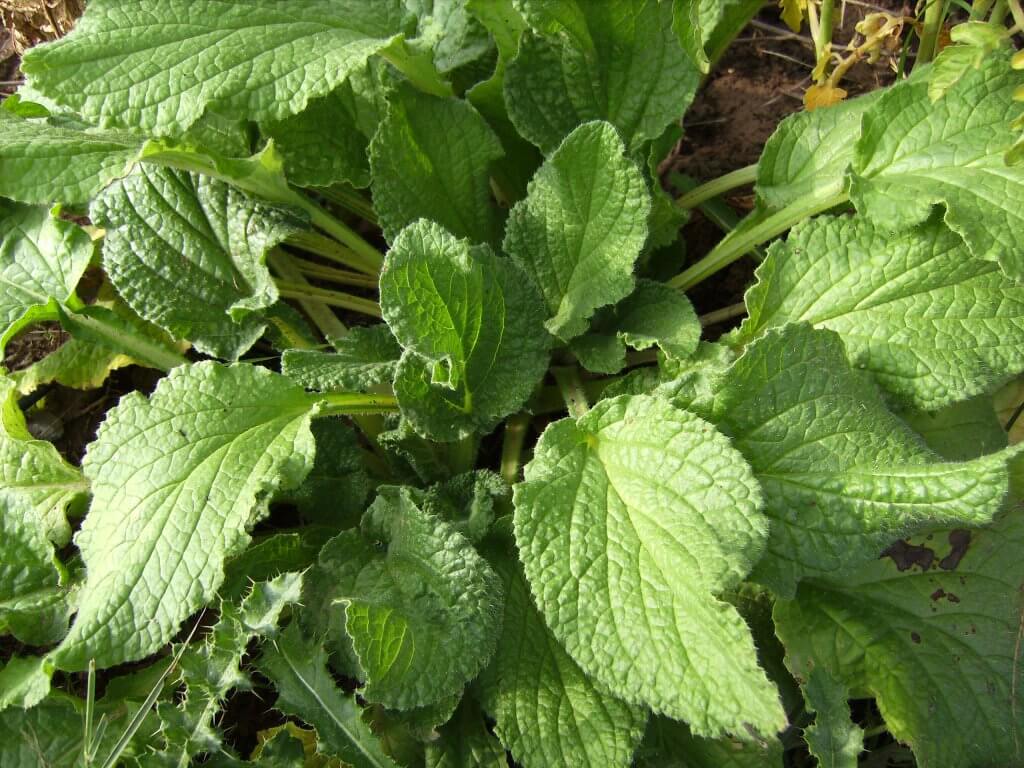
Medicinal uses of Borage
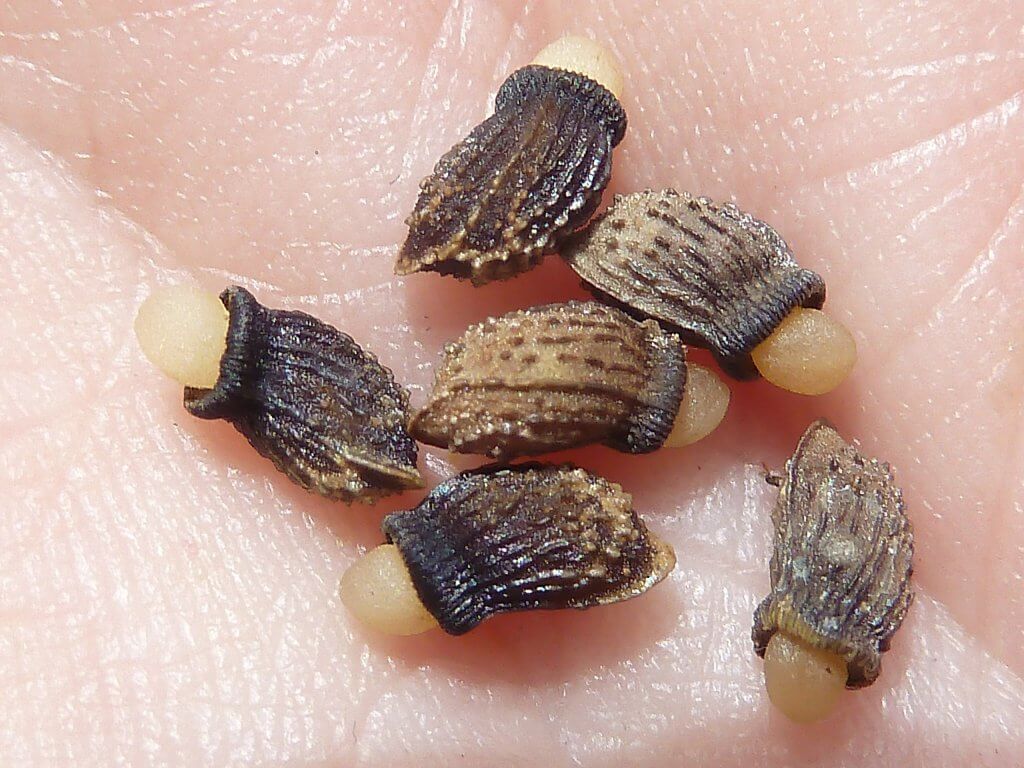
Borage can be beneficial if you suffer from rheumatoid arthritis, stress, ADHD, diabetes and a number of other illnesses. The oil from borage seeds contains anti-inflammatory properties that were traditionally used for healing fevers, colds and skin conditions.
On occasion borage oil may be added to a formula for premature babies. This is because it contains a number of fatty acids that promote development.
Did you know…
Planting borage with a number of companion plants can prove beneficial in your garden. For example plant borage next to strawberries, pumpkin and spinach to improve their yield. Borage attracts more pollinators and can also help to deter pests. Planting your tomatoes with borage can be very beneficial. It is said to confuse the species of moth that usually lays eggs (which turn into hungry caterpillars) on your tomato leaves.
Conclusion
Borage attracts many pollinators and butterflies and it would make a beautiful addition to your herb garden. If you enjoy entertaining, borage can make an unusual and eye catching garnish in cocktail drinks and desserts.
—————Written by Hannah Sweet
Hannah is a freelance writer and graphic designer from the UK. With a penchant for travelling, photography and all things botanical, she enjoys writing about a wealth of topics and issues, from conservation and slow living, to design and travel. Learn more about her writing and design services at www.sweetmeanders.co
Many of our readers find that subscribing to Eat The Planet is the best way to make sure they don't miss any of our valuable information about wild edibles.
See our privacy policy for more information about ads on this site

